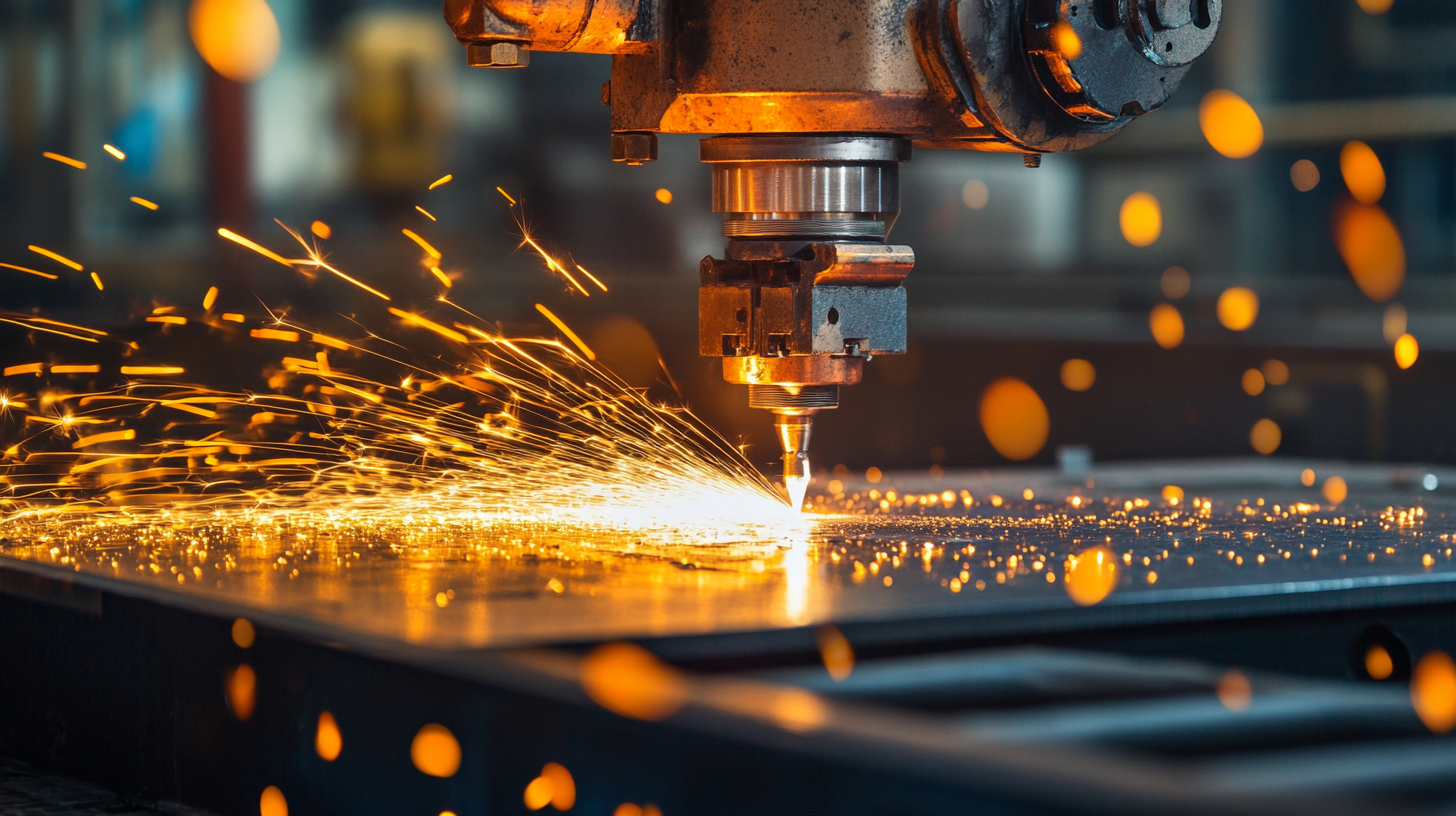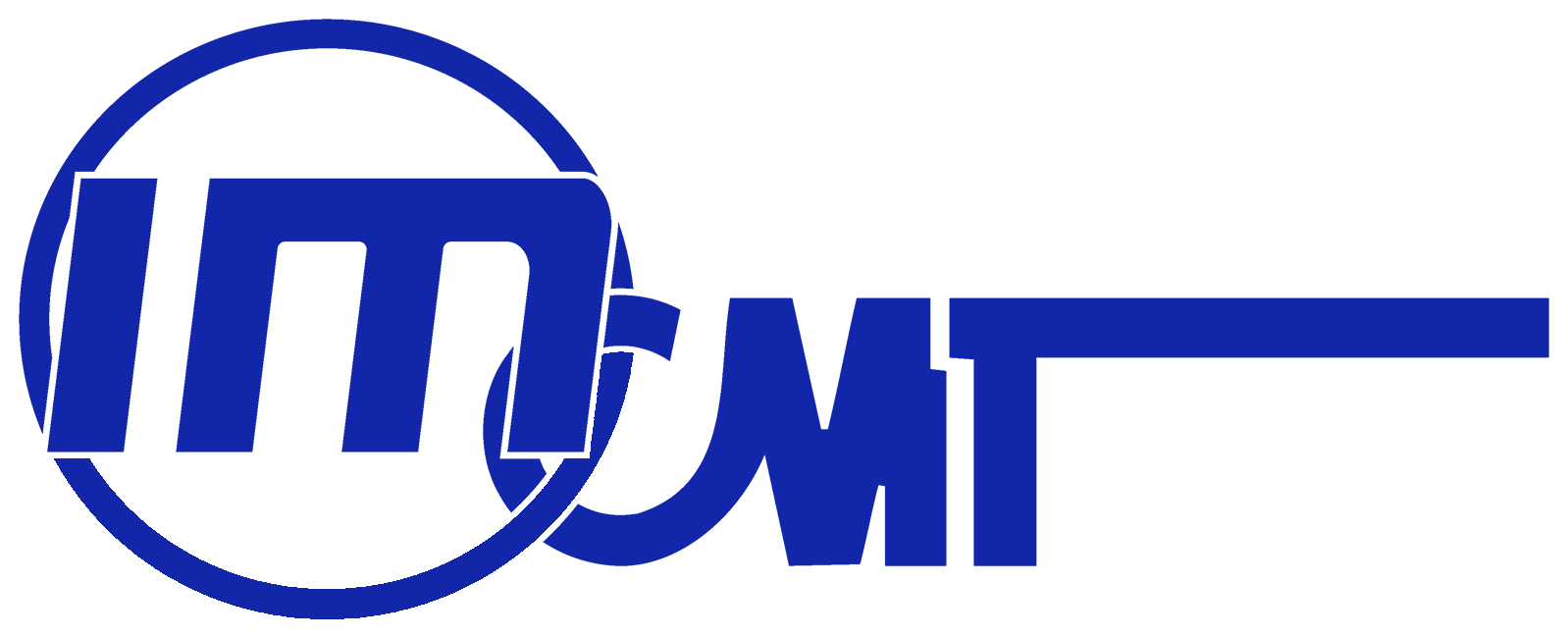Challenges in Selecting the Right Laser Part Marking Machinery
You know, in today's fast-paced manufacturing world, the need for precision and efficiency in part marking is more important than ever. It's pretty exciting to see how the market for laser part marking machines is really expected to take off, especially in fields like automotive, aerospace, and electronics. In these industries, traceability and branding play such a huge role. According to a report from MarketsandMarkets, the laser marking market is estimated to hit $4.08 billion by 2027, with a solid growth rate of about 6.2% each year starting from 2022. This really shows just how crucial laser tech is for improving product identification and following those pesky regulatory standards.
But, here's the catch—picking the right machinery isn't exactly a walk in the park for manufacturers. You've got to think about things like what materials you're working with, how fast the marking needs to be, and whether the software plays nice with everything else. A survey by Grand View Research found that 62% of manufacturers say they're struggling to find marking solutions that really fit their needs. As industries continue to evolve and demand fancier marking options, it’s super important for businesses to tackle these challenges head-on. After all, investing in the right laser part marking machine can really make a difference in meeting operational goals and boosting production capabilities.

Understanding Different Types of Laser Marking Technologies
Choosing the right laser part marking machinery can be a bit tricky, right? It’s super important to get a handle on the different laser marking technologies out there. You've got CO2, fiber, and UV lasers, each with their quirks tailored to fit specific industry needs. And let me tell you, UV lasers have really taken off over the past few years! They’re known for their pinpoint precision and can mark on all sorts of materials—including those tricky plastics and beautiful glass. One of the big reasons for the growing popularity of UV laser marking is that it's non-contact. This means you’re less likely to accidentally damage those delicate parts. The marks it leaves are clean and have great contrast. So, they’re perfect for high-res barcodes, logos, and serial numbers. Because of this, industries like electronics, packaging, and medical devices really depend on them. With manufacturers pushing to improve product traceability and stay compliant with regulations, UV laser marking machines are becoming a go-to choice. They’re reliable and efficient, after all! But hey, as the market for this technology expands, it can get a little overwhelming when it comes to picking the right machinery. You’ve got to think about production speed, material compatibility, and how much maintenance it’ll need, right? These are all key factors to consider if you want to keep everything running smoothly. By really diving into the specifics of each laser marking technology—what they’re good at and where they might fall short—companies can make smart choices that not only streamline their production but also keep up with what their markets are demanding.

Key Factors to Consider When Choosing Laser Part Marking Machines
Choosing the right laser marking machine can be a bit tricky, but there are a few key things to keep in mind to make sure you get the best performance and efficiency. First off, you really need to think about what kinds of materials you'll be marking. Different lasers work better with different substrates. For example, if you’re marking metals, fiber lasers are your go-to. But if you’re dealing with plastics or wood, CO2 lasers work better. So, having a clear idea of your specific marking needs will help steer you in the right direction when it comes to picking the right tech.
Another thing to think about is how fast and detailed your marking needs to be. If you’re running a production line, speed is everything. But, if you need to create some really intricate designs, then you might want something that can offer higher resolution. Taking a close look at what you actually need and how these factors play into your overall productivity will definitely help you narrow down your choices.
And let’s not forget about the budget! It’s not just the initial cost of buying the machine; you also have to think about maintenance, consumables, and any possible downtime. Sometimes spending a bit more on a top-notch machine can pay off in the long run if it leads to higher efficiency and lower operational costs. Finding that balance between what you can afford and what you actually need technically can really make a big difference in how happy you are with your laser marking solution.

Evaluating the Cost-Effectiveness of Laser Marking Options
When evaluating the cost-effectiveness of laser marking options, businesses must consider multiple factors that can impact both initial investments and long-term value. One of the first aspects to assess is the upfront cost of various laser marking machines. The price range can vary significantly based on the type of technology, brand, and capabilities of the equipment. Cheaper machines may seem financially appealing, but hidden costs such as maintenance, service contracts, and consumable supplies could escalate expenses over time.
Another critical component to factor in is the overall efficiency and precision of the laser marking systems. High-quality equipment can produce clearer, more durable marks while minimizing material waste and production downtime. Businesses should analyze their operational needs, such as volume of production and acceptable mark quality, to select a laser marking solution that optimally balances cost and performance.
Additionally, businesses should not overlook the importance of technological advancements and potential future upgrades. Investing in more advanced laser marking systems may appear more expensive initially, but these systems might provide greater versatility, faster processing times, and the ability to mark a wider range of materials. By adopting a long-term perspective and aligning machine capabilities with future needs, organizations can enhance their overall return on investment, making the initial expenditure worthwhile.

Assessing Compatibility with Various Materials and Applications
When it comes to selecting the appropriate laser part marking machinery, a significant challenge lies in assessing compatibility with various materials and applications. The transparent conductive film market, which includes materials such as Indium Tin Oxide (ITO), silver nanowires, and carbon nanotubes, has been projected to reach substantial growth in the coming years. Reports indicate that ITO on PET substrates is particularly prominent in flexible displays and photovoltaics, where precise marking technology is crucial for maintaining product integrity and performance.
With the advancement of semiconductor manufacturing, the shift toward alternative interconnect materials like ruthenium and molybdenum is driven by the need to address power consumption issues and signal delay challenges. The introduction of advanced laser marking technology enables manufacturers to effectively label these intricate materials while ensuring compatibility and reliability. By leveraging precision marking solutions, companies can enhance product traceability and compliance, which is increasingly important in a competitive landscape focused on innovation and efficiency.
Recent innovations in laser technology are also aligning with trends in flexible electronics and packaging solutions, such as fan-out panel-level packaging (FOPLP). This method presents benefits in cost efficiency and high-density integration, making demand for precision marking machinery in this area grow. As the industry continues to explore sophisticated technologies for marking and coding materials, ensuring that the selected machinery meets the specific requirements of various substrates will be fundamental to success in these evolving markets.
Ensuring Compliance with Industry Standards and Regulations
Picking the right laser part marking machinery isn’t exactly a walk in the park. There are a ton of hurdles to jump over, especially when it comes to keeping up with all those pesky industry standards and regulations. The marking process is super important in fields like automotive, aerospace, and electronics—areas where tracing back a product's history is absolutely critical. The International Organization for Standardization (ISO) has some insights that show following these standards can really ramp up product safety and reliability. That’s why it’s crucial for manufacturers to fork over the cash for the right marking tech.
One of the big regulatory players in the laser marking game is the RoHS Directive. This one puts the kibosh on certain hazardous substances in electrical and electronic gear. According to a report from the European Commission, not playing by RoHS rules can hit companies hard with hefty fines and even keep their products out of EU markets. So, when businesses choose laser marking machinery, it's super important to pick ones that ensure compliance. It's not just about avoiding fines, but also safeguarding their brand's reputation.
And with automation on the rise in manufacturing, laser marking systems have to do more than just check the regulatory boxes—they need to keep up with changing standards, too. Recent research from Markets and Markets suggests that the global laser marking machine market is on track to hit USD 6.1 billion by 2025. A big part of that growth is all about sticking to strict industry standards! So, finding machinery that's not just efficient but can also adapt to future regulations is becoming more and more essential for manufacturers who want to stay in the game.
